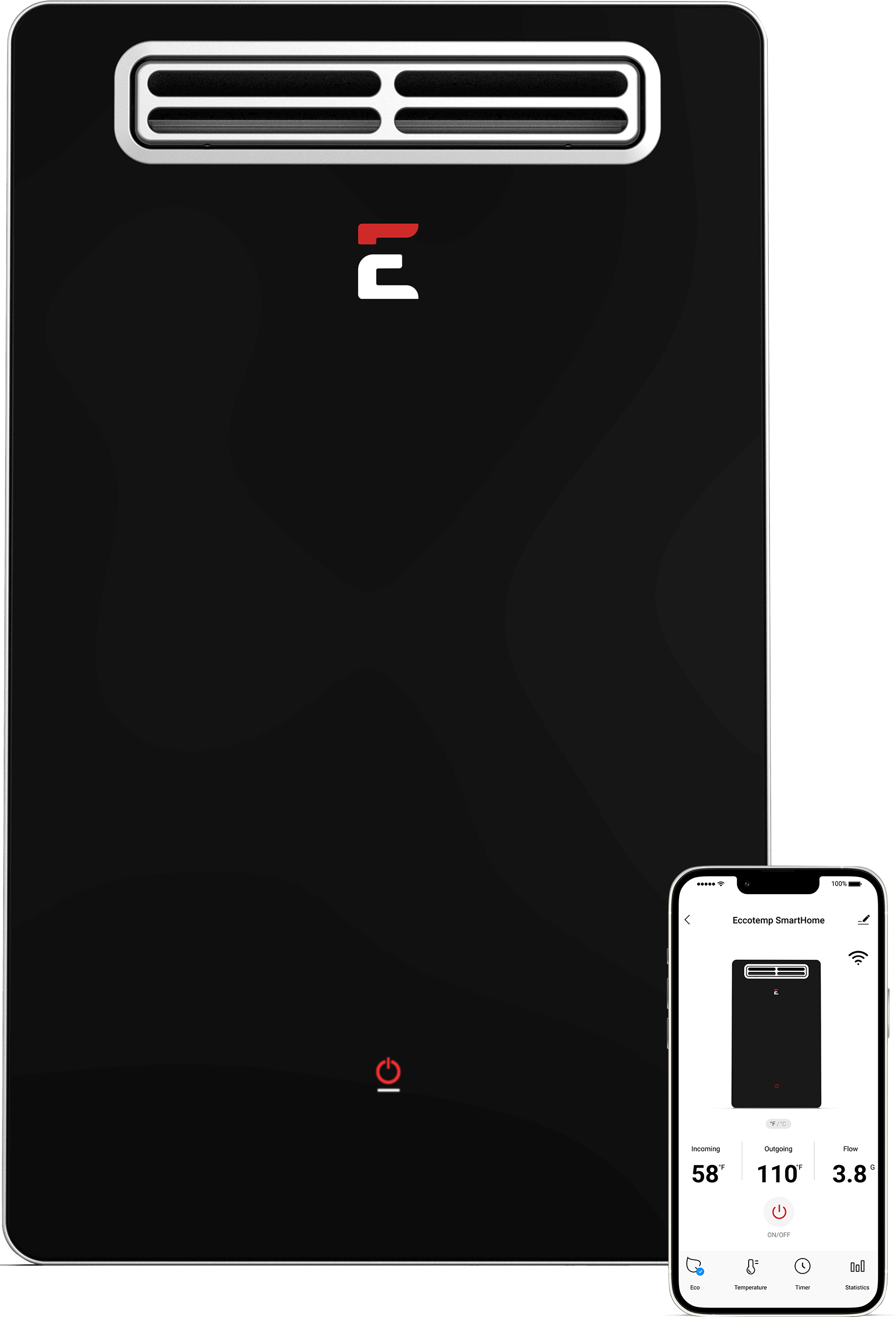How To Flush Your Tankless Water Heater
We strongly recommend that your tankless water heater be flushed out at least once a year to get optimal performance out of your unit. A tankless flush will remove all of the scale and lime that has built up on your heat exchanger saving you money and helping the environment.
First, you will want to turn your gas source off if you have a liquid propane or natural gas tankless water heater. This will prevent the burners from coming on and trying to heat the water while you are flushing it. If your heater is electric, be sure to turn off the circuit breakers so that there is no chance of an electric "trigger" for the water to begin heating during the process of the unit being flushed out.Then, you'll want to turn off the water supply that feeds cold water to the water heater. Turn off the main hot-water that sends hot water to the local fixture or multiple fixtures in the house.
Next, Connect one end of a 6-foot garden hose to the outlet of a water pump, then connect the other end of the hose to the cold-water valve. Connect a second garden hose to the hot-water valve. Tighten the garden hose couplers with an adjustable wrench. Then, place the pump and the open end of the second hose into a 5-gallon bucket. Fill the bucket with 5 gallons of fresh, clean white vinegar.Then, Open the hot and cold water valves on the water heater, and turn on the pump in the 5-gallon bucket to circulate the vinegar through the heater.
Let the pump circulate for about 45 minutes, then turn off the pump and let the vinegar drain from the water heater through the hoses into the bucket. Close the cold-water valve.
Dump the vinegar out of the bucket, then place the open-ended hose back into the bucket. Turn on the cold-water supply valve and let the water flow into the bucket for about five minutes. Close the cold-water supply valve and disconnect the garden hoses from the inlet valves.
Then, turn on the hot-water supply valve, followed by the cold-water supply valve. Open a couple of hot-water faucets in the home to rid any air from the hot-water lines. Close the faucets once no more air is in the lines.
Last, check the heater's connections to make sure there are no leaks. Turn on the gas supply valve, if so equipped, and the circuit breaker for the water heater. Test for hot water at the faucets.

 Weekly Deals
Weekly Deals
 Water Heaters
Water Heaters
 Accessories
Accessories
 Installation
Installation
 Parts
Parts
 Protection Plans
Protection Plans
 Final Sale
Final Sale
























